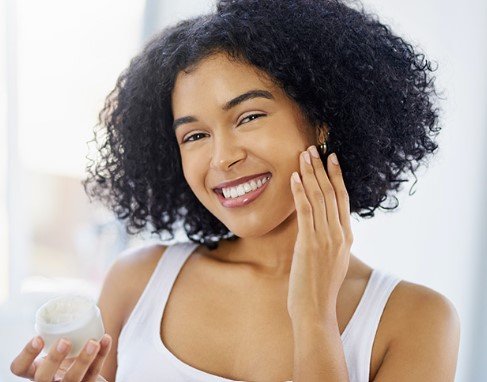The Impact of User-Generated Photos on Purchase Decisions in the Beauty Industry
Summary
- User-generated photos play a significant role in influencing purchase decisions in everyday skin care and self-care routines.
- Statistics show that consumers are more likely to trust user-generated content over brand-created content when making purchasing decisions in the beauty industry.
- User-generated photos not only provide social proof but also help consumers visualize the results of Skincare Products in real-life settings.
Introduction
With the rise of social media platforms and the prevalence of user-generated content, consumer behavior in the beauty industry has seen a significant shift. In the context of everyday skin care and self-care routines, user-generated photos have become a powerful tool in influencing purchase decisions. This article will explore the statistical trends that can be observed in user-generated photos and their impact on consumer behavior.
The Power of User-Generated Photos
User-generated photos, often shared on social media platforms like Instagram and TikTok, are reshaping the beauty industry. According to a survey conducted by Olapic, 76% of consumers believe that user-generated content is more honest than brand-created content. This trust in user-generated content extends to product recommendations, with 56% of consumers saying that they are more likely to buy a product recommended by a stranger online.
Social Proof and Authenticity
One of the key reasons why user-generated photos are so influential is the concept of social proof. When consumers see real people using and endorsing Skincare Products in user-generated photos, they are more likely to trust the authenticity of the product. This is supported by a study by Stackla, which found that 86% of consumers believe that authenticity is important when deciding which brands to support.
Visualizing Results
Another important aspect of user-generated photos is the ability to visualize the results of Skincare Products in real-life settings. According to a report by Bazaarvoice, 64% of consumers actively seek out user-generated content before making a purchase, as they want to see how products work for people like them. User-generated photos provide a glimpse into the actual results that can be achieved with a particular skincare product, helping consumers make more informed decisions.
Statistical Trends in User-Generated Photos
Several statistical trends can be observed when it comes to user-generated photos influencing purchase decisions in everyday skin care and self-care routines. According to a survey by Yotpo, 71% of consumers say that user-generated photos are important when making a purchase decision in the beauty industry. Additionally, 93% of consumers find user-generated content to be helpful when making buying decisions.
Impact on Conversion Rates
User-generated photos have a tangible impact on conversion rates for Skincare Products. According to a study by Adweek, user-generated content can increase conversion rates by up to 161%. This is because user-generated photos are seen as more trustworthy and engaging than traditional brand-created content, leading to higher levels of consumer trust and loyalty.
Engagement and Shareability
User-generated photos also drive higher levels of engagement and shareability among consumers. A report by Shareaholic found that user-generated content drives 28% higher engagement than brand-created content. This is because consumers are more likely to share and interact with user-generated photos, creating a ripple effect that can reach a wider audience.
Conclusion
In conclusion, user-generated photos play a crucial role in influencing purchase decisions in everyday skin care and self-care routines. Statistics show that consumers trust user-generated content more than brand-created content, as it provides social proof and authenticity. User-generated photos also help consumers visualize the results of Skincare Products, leading to higher conversion rates and engagement. As user-generated content continues to dominate social media platforms, brands in the beauty industry must leverage this trend to connect with consumers and drive sales.

Disclaimer: The content provided on this blog is for informational purposes only, reflecting the personal opinions and insights of the author(s) on the topics. The information provided should not be used for diagnosing or treating a health problem or disease, and those seeking personal medical advice should consult with a licensed physician. Always seek the advice of your doctor or other qualified health provider regarding a medical condition. Never disregard professional medical advice or delay in seeking it because of something you have read on this website. If you think you may have a medical emergency, call 911 or go to the nearest emergency room immediately. No physician-patient relationship is created by this web site or its use. No contributors to this web site make any representations, express or implied, with respect to the information provided herein or to its use. While we strive to share accurate and up-to-date information, we cannot guarantee the completeness, reliability, or accuracy of the content. The blog may also include links to external websites and resources for the convenience of our readers. Please note that linking to other sites does not imply endorsement of their content, practices, or services by us. Readers should use their discretion and judgment while exploring any external links and resources mentioned on this blog. Content in this blog is copyright protected, please do not repost or embed content without prior written permission.